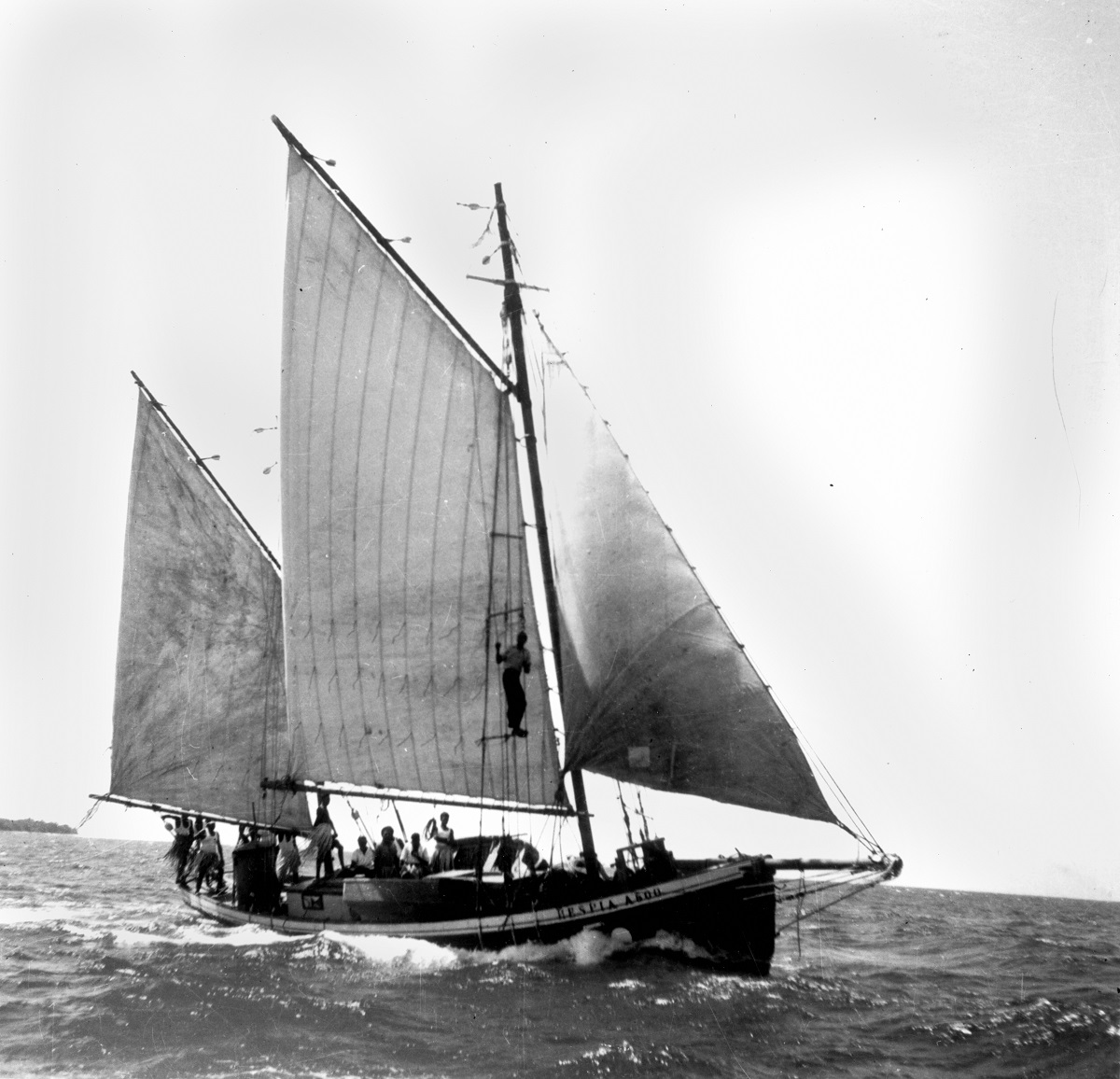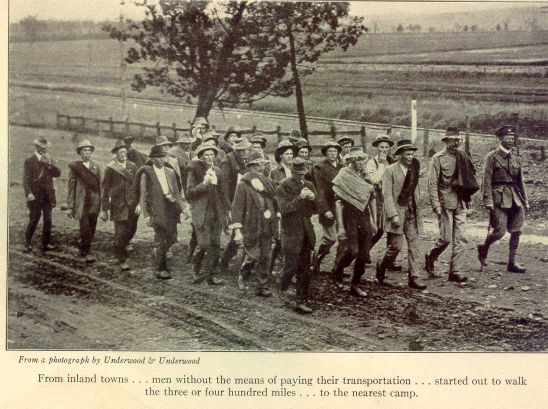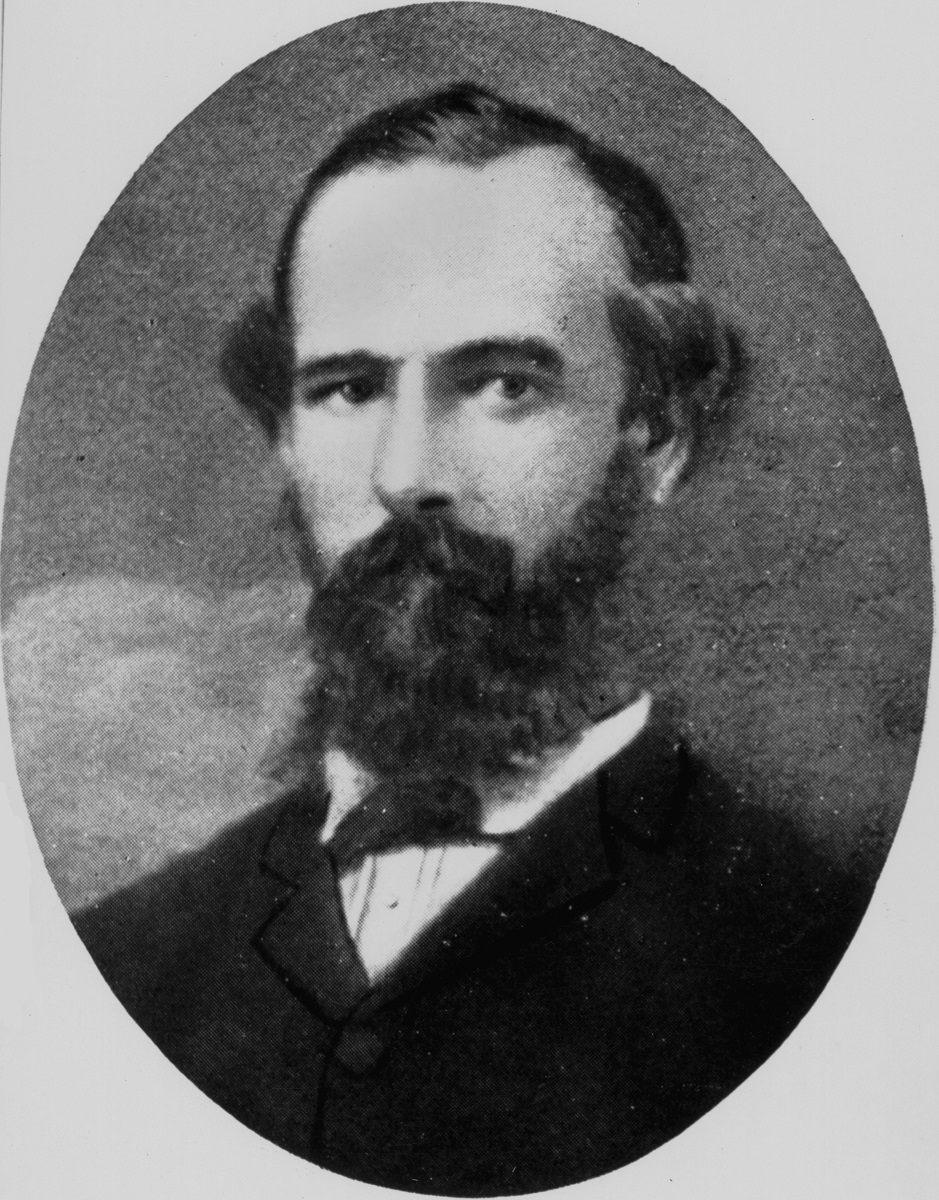
One of the parts of Charlie Gaunt’s life that I would have liked to explore more in Whistler’s Bones, but it didn’t fit into the story, was his years skippering a pearl lugger out of Broome in the 1890s.
Charlie was able to throw in with a partner, a local businessman called Stanley Piggott, to commission a lugger. The keel was laid by the firm of Chamberlain, down in Fremantle.
Charlie engaged a Japanese diver, a tender (a man to row out with the diver), and a four-man-crew. After provisioning the lugger, now named Mona, Charlie sailed her north to Cygnet Bay, Kings Sound.
In Charlie’s words:
Cygnet Bay in those days was known as the Diver’s Graveyard, it had strong currents, deep water and a foul bottom. The shell also was of poor quality – big old shell very rarely carrying good pearls; all Baroque (misshapen pearls worth about twelve pounds per ounce, used by the Chinese to grind into an eye powder).
My diver by the name of Muchisuki was a splendid man but had one fault, being too reckless. He seemed to enjoy gambling with death and at times took great chances. We worked amongst the fleet of luggers, all on good shell. For a neap tide or two nothing unusual happened, until one day a flag was hoisted half-mast on one of Captain Redell’s luggers. An accident had happened. Several luggers raced to the scene, to render aid.
My lugger being the first to get to the lugger, my diver called out, “What’s the trouble?”
The tender of the other lugger replied, “My diver is fouled and I can’t get him up.” Getting helmet and face glass on quickly, Muchisuki descended in haste to assist the unfortunate diver. In about five minutes he came up and as soon as we got him on deck he sang out to the tender, “Heave up your anchor and you’ll get your man.”
The crew rushed to the winch, hove up their anchor and found the diver entangled around the flukes. The goose neck had been broken off the helmet, the diver’s skull was smashed in, and he was dead as a door nail. The flukes of the anchor, swinging to and fro had crushed the helmet into a shapeless mass, and then fouled the life line and pipe. The cause of the accident was this: when a diver worked below the vessel drifted after him, the anchor, lowered over, acted as a brake. The more chain paid out the lower the anchor and slower the progress of the lugger. When the anchor was heaved in the faster the lugger would drift. Now, this diver had been working close to the anchor: which was about a fathom from the bottom and his lines, getting foul of the anchor, through the action of the strong current, he was wound round and round the chain, the flukes swinging backwards and forwards dealing him smashing blows on the head.
One day, Charlie’s diver, Muchisuki, stayed below for too long, and he stopped responding to signal tugs on the lifeline.
Myself and the tender heaved on the lifeline and could feel dead weight. Pulling him to the ladder his both hands hanging uselessly down, we knew he was paralysed or dead.
Muchisuki had been diving in water twenty three fathoms deep – more than forty metres. Apart from the tragedy of losing a man Charlie respected, the death put financial pressure on the enterprise.
With no cash to employ another diver Charlie took on the role himself, and the man who once roamed the savannah and open woodland of Australia’s north, now worked the bottom of the sea. Up to three miles a day he wandered, collecting shell, and admiring the sea floor.
The submarine scenery in places is almost indescribable. Walking the bottom prospecting for shell the diver will often cover a distance of two or three miles, beds of silver sands, now coming to great fields of waving sea exactly the same as fields of wheat waving with the tide as if a gentle breeze was fanning it. Through those fields and on to beds of beautiful white coral; over them and onto beds of beautiful flowers of many different hues. (When these flowers are brought to the surface and exposed to the air they turn black and have a rank smell).
On over big ironstone ridges, dark caverns, black and forbidding looking, then through a forest of coral cups from the size of a cabbage up to forty feet high, stems two feet through, like champagne glasses. The great feeding ground of fish of all species and the home of some of the best actors of the deep. In some places myriads of fish, red and silver schnapper, white fish and others will swarm around the diver, looking curiously in his face glass.
Charlie had run-ins with eighteen foot-long sharks and huge diamond fish that became entangled in the lines and dragged a helpless driver behind in their panic to be free. Despite the dangerous work, he soon proved that he could do the job profitably.
The first month I brought up about half a ton of pearl shell, and beautiful shell it was. I also got a few pearls.
For three and a half years Charlie carried on his dual roles as skipper and diver, but theft of decent pearls by employees was a constant problem, and pearl shell prices were tumbling. Besides, Charlie as always, had itchy feet. It was time to move on.
Browse our books here.


